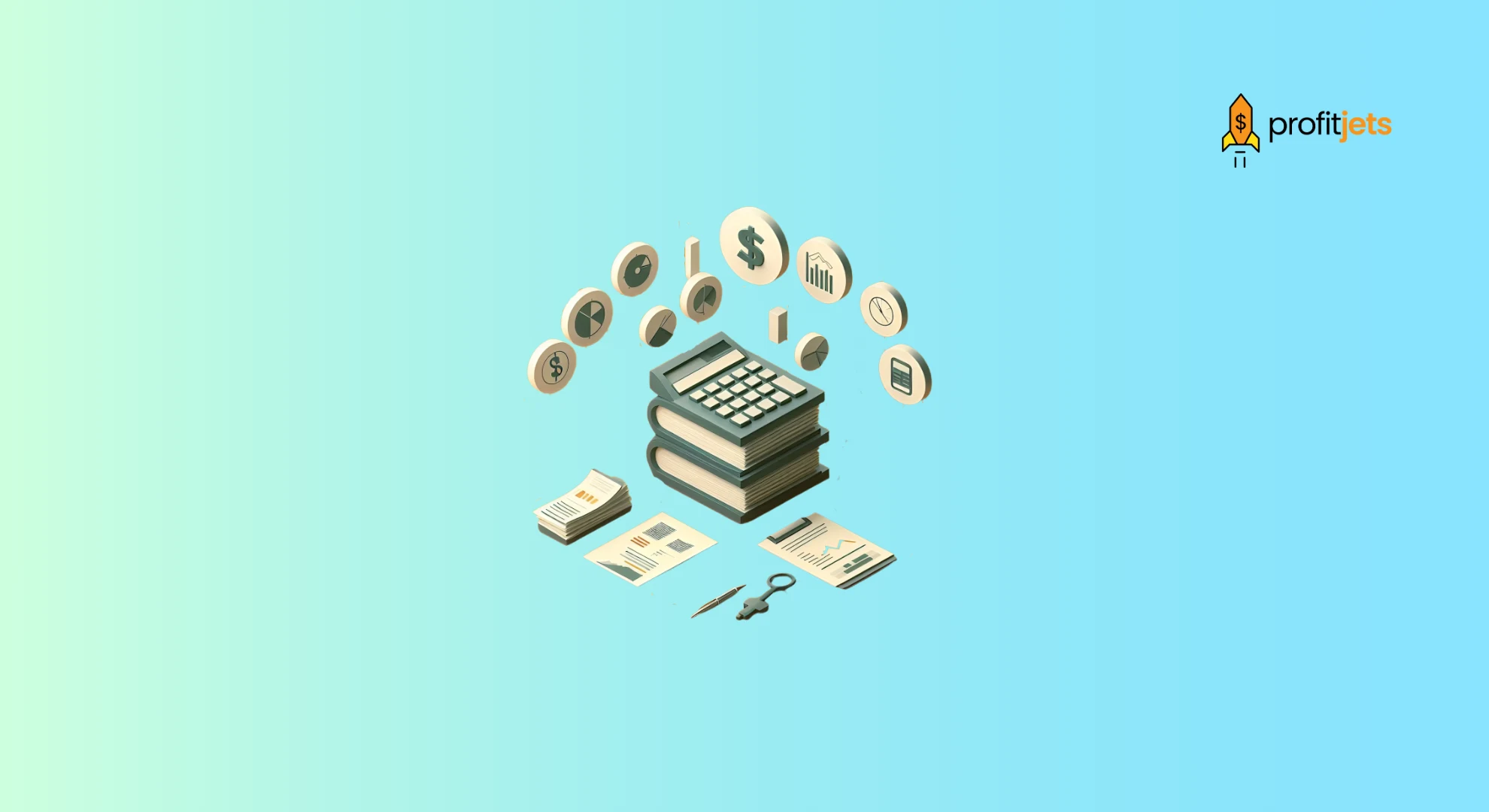The Accounting cycle involves several records and statements, the most prominent among them being accounting journals, ledger accounts, bank reconciliation statements, trial balances, income statements, balance sheets, and cash flow statements. Each statement has a prominent purpose; this article explains the purpose and elements of a Trial Balance.
Contents of the Article
What is a Trial Balance?
A trial balance is an internal report prepared by a company in the course of accounting; it acts as a checkpoint that reports all the ledger account balances at a specific point in time. It is prepared to tally the total debit entries to the total credit entries. When it doesn’t tally, it’s a sign that an accounting error was committed.
Accounting follows the principle of double entry; each transaction has a debit and credit aspect. Each transaction is recorded as a journal, consisting of both the debit and credit parts. The entries are then posted to their respective ledger, after which a trial balance is prepared by adding all the credit and debit columns. When the total matches, it means your books are balanced. Balances matching is not the complete representation of error-free accounting, but it’s a critical verification.

Why is the Trial Balance Useful?
- Preparing the trial balance is a preliminary step before preparing the income statement and the balance sheet.
- It helps catch specific bookkeeping errors like transpositions or missed entries.
- It acts as a summary or snapshot of your accounts’ balances.
Think of it as the stage rehearsal before the big show—the financial statements.
Fun Fact:
The trial balance is a key accounting tool that originated in the 15th century and is closely linked to Luca Pacioli, an Italian mathematician and Franciscan friar often regarded as the “Father of Accounting.” Pacioli’s landmark publication, ‘Summa de Arithmetica,’ released in 1494, was the first to thoroughly outline the double-entry bookkeeping system, which mandates that every financial transaction be recorded with corresponding debits and credits. This approach ensures that the financial records stay balanced, establishing the foundation for the trial balance as we see it today. So, the next time you are preparing the trial balance, remember it is over 500 years old!
Here’s what a mock trial balance looks like
| XYZ Traders | ||
| Trial Balance | ||
| As of 31 March 2025 | ||
| Account Title | Debit | Credit |
| Cash | 25,000 | |
| Accounts Receivable | 40,000 | |
| Inventory | 35,000 | |
| Equipment | 80,000 | |
| Accounts Payable | 30,000 | |
| Bank Loan | 50,000 | |
| Capital | 80,000 | |
| Sales Revenue | 95,000 | |
| Purchases | 45,000 | |
| Wages Expense | 20,000 | |
| Rent Expense | 10,000 | |
| Total | 255000 | 255000 |
What are the Elements of a Trial Balance?
1. Header: The head of the statement, stating essential details like the name of the business, the title of the document, i.e., the trial balance, and the date on which the specific balance is reported
2. Account Titles: This column lists the general ledger accounts, such as accounts receivable, revenue, stock, etc.
3. Debit Column: This has the debit balances corresponding to the titles. It is composed of a total of assets and expenses.
4. Credit Column: This contains the credit balances corresponding to the titles, as well as the firm’s list and total equity, liabilities, and revenues.
5. Totals: The debit and credit totals are summed up and represented at the bottom. The goal of the entire practice is to match the debit and credit totals. If they don’t, you’ve to delve deeper to find what error you might have committed.
Preparing a trial balance is like lining up all your financial soldiers before they march into the battlefield of financial statements—clean, precise, and ready after inspection.
What are the Errors a Trial Balance Can Identify?
A trial balance is great at recognizing certain types of errors, but not all of them.
1. Unequal Debits and Credits:
The first and obvious purpose is to recognize and trace a debit and credit mismatch. The number of mismatches helps trace back to the entries that could have gone wrong.
2. Single-Sided Entries:
A trial balance not tallying could mean there are one or a few single-sided entries. The debits and credits not adding up means that there’s definitely an error somewhere. It could be forgetting either the credit or debit part of an entry.
3. Transposition Errors
Transposition Errors occur when you swap the digits of a number, e.g., you make an entry of $4500 instead of $5400. Those sneaky digit swaps often cause totals to go off balance and are difficult to trace manually.
4. Calculation Mistakes:
There may be errors in totalling individual values in the general ledger or in totalling the ledger account balances
5. Double Posting:
Entering both sides of a transaction on the same side, either the debit or the credit side.
However, a trial balance won’t catch several errors. For example, if $500 was debited to the wrong account and the same amount was also credited to the wrong account, it’s not detectable as both entries lead to both sides balancing.
The trial balance does not capture the error of omission. If both the debit and credit aspects of a transaction are not captured, then it continues to go unnoticed.
A trial balance does not recognize wrong postings. If a value has to be recorded as part of equity but is recorded as a liability, the trial balance will still balance. The same goes for a transaction that is completely omitted. There can be errors when missing entries or switching between similar accounts. A trial balance is a helpful tool; it’s not the complete verification of precise accounts.
What is an Unadjusted Trial Balance?
It’s a list of all your general ledger account balances, like a regular trial balance, but before you’ve made adjusting entries. It’s the starting point for end-of-period reporting.
Adjusting entries typically include things like:
– Accrued expenses (e.g., salaries earned but not yet paid)
– Prepaid expenses (e.g., insurance that’s been partially used)
– Revenue earned but not yet billed
Once adjusting entries are passed, the books are recognized as an adjusted trial balance, which is then used to prepare financial statements. Think of it like an artist’s sketch before the final painting—it’s not complete, yet it lays the foundation.
How is the Trial Balance Different from the Balance Sheet?
While both the trial balance and the balance sheet deal with account balances, they serve very different purposes in the accounting journey. Here’s how they compare:
Trial Balance & The Balance Sheet
- The trial balance is an internal document used by accountants to check that total debits equal total credits. The balance Sheet is a formal financial statement meant for external use. It is shared with investors, banks, or regulatory agencies.
- The trial balance includes the sum of the ledger accounts—assets, liabilities, equity, income, and expenses. The balance sheet only presents three categories: Assets, Liabilities, and Equity.
- The purpose of preparing both statements is different. The trial balance is a tool for detecting errors before adjustments and financial statements are prepared. The Balance sheet shows the financial standing of a company at a specific point in time.
- The balance sheet is prepared with the help of the trial balance after adjustments.

Conclusion
The cycle of accounting involves several records and statements, the most prominent among them being accounting journals, ledger accounts, bank reconciliation statement, trial balance, the income statement, the balance sheet & the cash flow statement. In the current scenario, accounts can be prepared using automated practices, making all the above statements fully automated. Profitjets is a renowned Accounting expert. Our services include outsourced accounting and bookkeeping, CFO services, taxation compliance & tax advisory. Get in touch with us for proficient bookkeeping services, accounting, and taxation at the best prices.
FAQs on Trail Balance
1. Why is the trial balance prepared?
The trial balance is an internal accounting statement/record prepared to verify if all the debit and credit entries have been posted to their accounts properly. Although it does not identify every accounting error, it’s an efficient way to identify wrong postings, totaling mistakes, and clerical errors like copying the amounts incorrectly.
2. What is the difference between an adjusted and unadjusted trial balance?
The unadjusted trial balance is a record and sum of all the debit and credit entries from the ledger accounts. After applying necessary accounting adjustments, the adjusted trial balance reflects a more accurate and complete picture.
3. How does the trial balance make a difference in the preparation of the balance sheet?
The trial balance ensures accuracy, recognizes adjustments to be made before preparing the financial statements, and ensures the numbers going into the balance sheet are reliable. An adjusted trial balance can be used to prepare the whole balance sheet.










